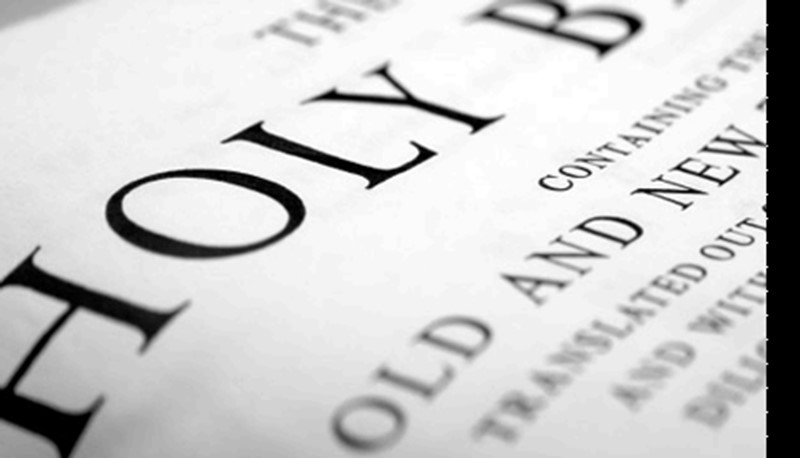
LONDON, England, Friday November 14, 2014:- There have been various discoveries of “lost” gospels over the years, and suggestions of a romantic relationship between Jesus and Mary Magdalene have survived for centuries.
Now the two have been combined in “The Lost Gospel,” a book published this week in which the authors claim to have unearthed evidence of a manuscript telling the story of Jesus’ marriage to Mary and the two sons born of the union.
Written by Barrie Wilson, a professor of religious studies in Toronto, and Simcha Jacobovici, an Israeli-Canadian film-maker, the book draws on material from a manuscript dating back to 570 AD and written in Syriac, an ancient Middle Eastern language related to Aramaic, the language spoken by Christ.
The document was purchased by the British Museum in 1847 from a dealer who said he had obtained it from an Egyptian monastery. It was subsequently transferred to the archives of the British Library.
Enter Jacobovici and Wilson, who, after obtaining an English language translation of the manuscript and studying it for six years, are convinced they’ve uncovered a missing fifth gospel.
Jacobovici, moreover, claims the manuscript is a 6th century copy of a 1st-century gospel and casts parts of the Bible in a very different light from that portrayed in Matthew, Mark, Luke and John.
According to Jacobovici and Wilson, the document is in code and relates the story of Jesus’s marriage through accounts of the Old Testament character Joseph and his wife Aseneth.
The writers claim that Joseph was really Jesus, and Aseneth was Mary Magdalene, and say it was possible to read the text as it was intended and to decode the hidden story by returning to the ancient Syriac.
According to Jacobovici and Wilson, the new translation reveals that the Egyptian Pharaoh officiated at the couple’s wedding, saying to Aseneth: “Blessed are you by the Lord God of Joseph, because he is the first-born of God, and you will be called the Daughter of God Most High and the bride of Joseph now and forever.”
The text reportedly continues: “Joseph had intercourse with Aseneth . . . And Aseneth conceived from Joseph and gave birth to Manasseh and his brother Ephraim in Joseph’s house.”
The theory partially derives from claims that this “lost” gospel and the “encrypted” story of Jesus’s marriage was the work of a group of persecuted Christians. It apparently disappeared from public view around 325 AD.
The document is said to be prefaced by a letter written in the 6th century by the man who translated the document into Syriac.
The letter reportedly states that the document has an “inner meaning” about “our Lord, our God, the Word,” but the manuscript is apparently too damaged to decipher further.
“There is a cut across the page, right through a line of Syriac writing. This indicates that the section is missing, not because of deterioration but because of censorship,” say Wilson and Jacobovici.
Jacobovici also believes the story of Jesus’s marriage is backed up in the four gospels in the New Testament.
“Jesus is called a ‘rabbi’ in the gospels. And a rabbi, to this day, in order to have a congregation and a ministry, has to be married. If he’s going to lead a congregation, he’s got to be a model for that congregation. In the first century, you reach manhood, you get married,” he says.
He therefore insists there can be “no question” that, even in the established gospels, Jesus must have had a wife.
Jacobovici reinforces his argument that Mary Magdalene was Jesus’ wife by revisiting her decision to attend to his body after the Crucifixion.
“The gospels told us why she went there — to wash and anoint his body. She’s just a follower and yet she’s going to unwrap his naked body? Women do not wash rabbis or male bodies. Only males do it — unless you are the man’s wife.”
Jacobovici also believes that the “lost gospel” supports the work of Harvard professor Karen L. King, who said that she’d found a papyrus fragment two years ago called “The Gospel of Jesus’ Wife.” Written in Coptic, it contained the words: “Jesus said to them, ‘My wife . . .’”
While it is too early to predict the reaction to their work, Jacobovici and Wilson are hardly likely to meet the same fate as the inhabitants of Béziers in southern France, who were burned alive in 1209 for “their scandalous assertion that Mary Magdalene and Christ were lovers.”
Meanwhile, author of “The Da Vinci Code,” Dan Brown, was sued for his 2003 best-selling thriller, which drew on the premise that a secret bloodline had sprung from the union of Jesus and Mary Magdalene.
On the other end of the lawsuit were Michael Baigent, Richard Leigh, and Henry Lincoln, who claimed that Brown had drawn on their research for their 1982 bestseller “Holy Blood, Holy Grail.”
Their book was an unofficial follow-up to three BBC Two TV documentaries, and put forward a hypothesis that Jesus married Mary Magdalene, had one or more children, and that those children or their descendants emigrated to what is now southern France.
Once there, according to the book, they intermarried with the noble families that would eventually become the Merovingian dynasty, whose special claim to the throne of France is championed today by a secret society called the Priory of Sion.


